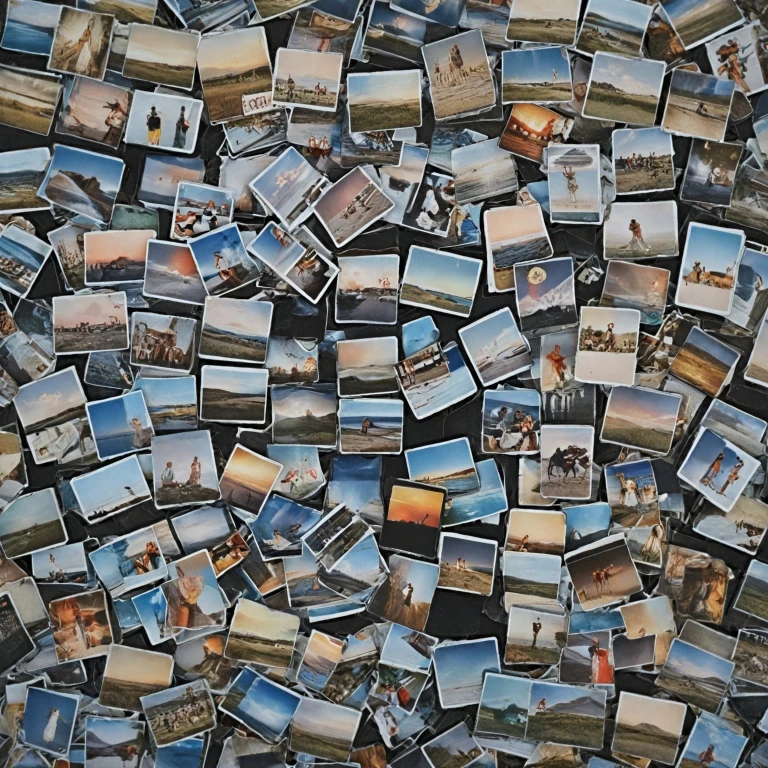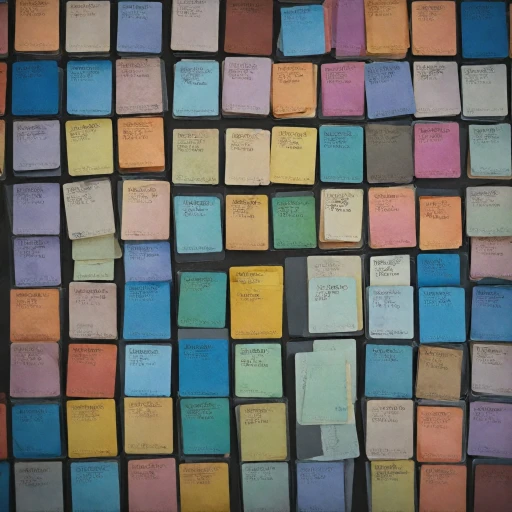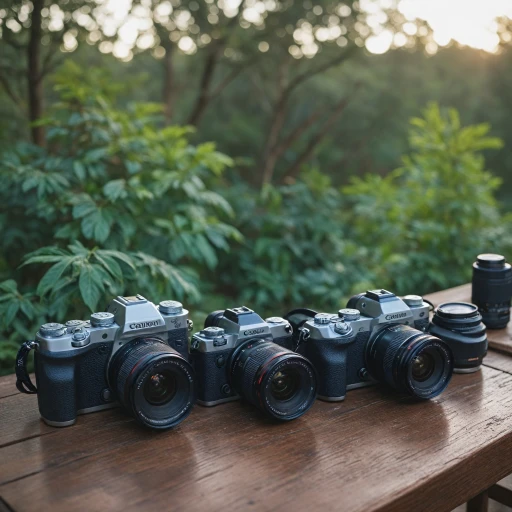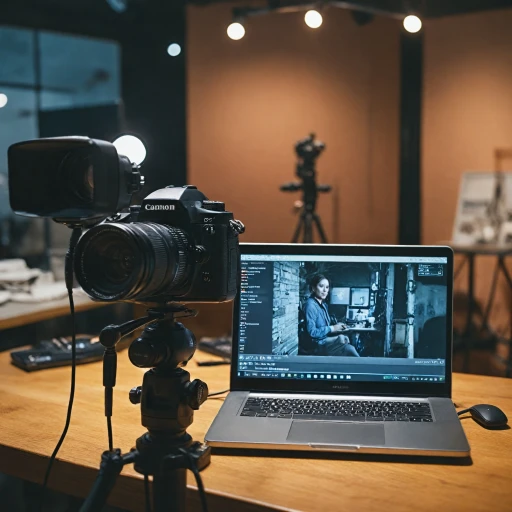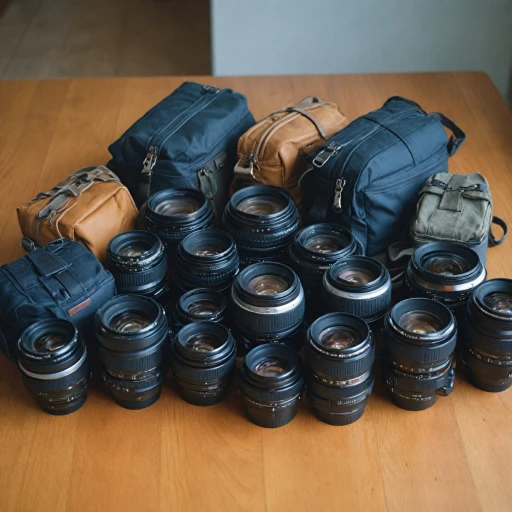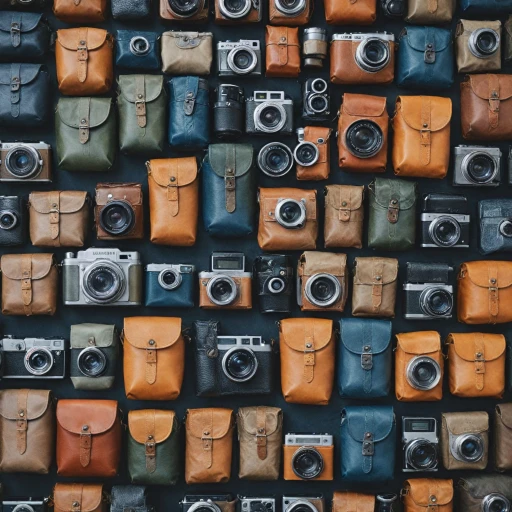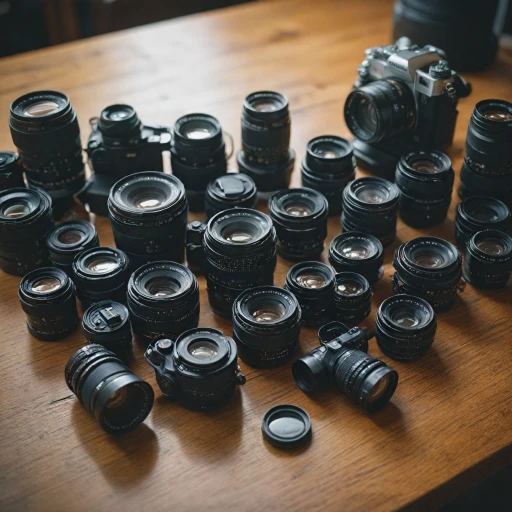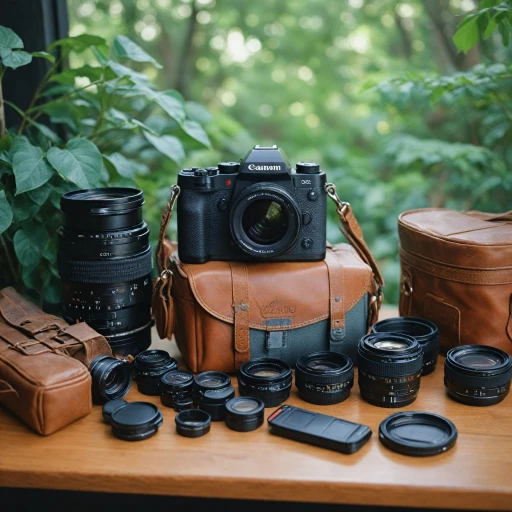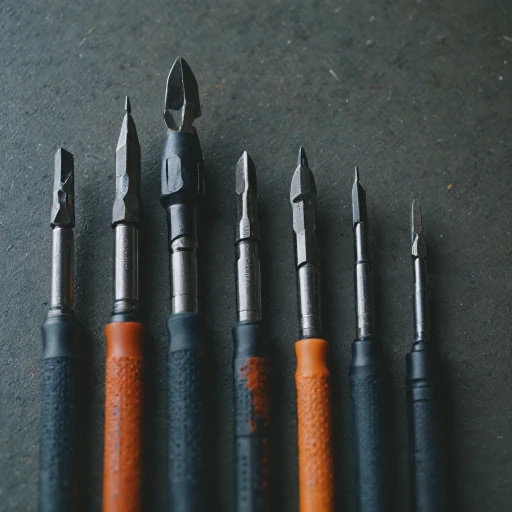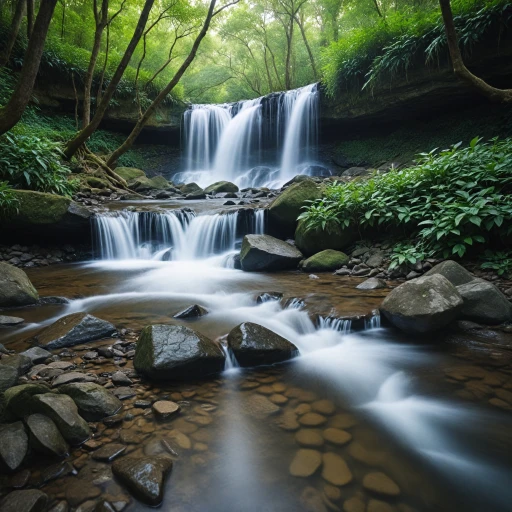
Factors Influencing Photo Storage
What Affects How Many Photos a Memory Card Can Hold?
Understanding what influences the storage capacity of a memory card is crucial for photographers. The number of photos your memory card can hold doesn't solely depend on the card size, such as 32GB. Several important factors come into play:
- Image Resolution: The higher the resolution, the more space each photo will require. For instance, an image taken at a higher resolution like 20MP will take up more storage than one taken at 10MP, as the file size increases with resolution. More on this in the section on Image Resolution and Its Impact.
- File Format: Photographers often choose between JPEG and RAW formats. JPEG files are compressed, which allows a memory card to store more images, while RAW photos are larger, providing high-quality images but taking up more space. We delve deeper into these formats in the section titled File Formats: JPEG vs. RAW.
- Compression: Some cameras offer multiple JPEG compression settings (e.g., fine, standard, and basic). The level of compression chosen directly affects the number of photos your card can store.
When selecting a memory card, consider what you plan to capture and the quality you require. Those planning to store many pictures} and not print large images may opt for different settings than those who prioritize high quality images. Our guide on choosing the best memory cards provides more insights into making the best choice for your needs.
Image Resolution and Its Impact
Image Resolution's Effect on Storage Capacity
The resolution of your camera's images plays a crucial role in determining just how many photos a 32GB memory card can hold. At its core, image resolution refers to the amount of detail a photo contains, expressed in megapixels (MP). A camera with a higher megapixel count generates higher quality images, but these images naturally have larger file sizes. This means fewer photos will fit on a memory card of the same capacity compared to photos taken with a camera at a lower resolution. For example, if you have a camera capable of capturing images at 24MP, each photo will demand more space on your card than if your camera was set to 12MP. This is because higher resolution images tend to have larger file sizes, often occupying more storage space.Striking a Balance with Image Quality
Achieving an equilibrium between high-quality images and the number of photos you can store involves making informed decisions about your photo resolution settings. Photographers often choose a resolution based on their end-use needs. If the ultimate goal is to print large images, higher resolution settings may be justified, even if it means storing fewer photos on one card. Conversely, lowering the resolution may allow the storage of many more images, appropriate for casual photography or when larger prints are unnecessary. Memory cards are integral to this balance. For more insights on storage optimization, you can explore optimizing your Nikon D850 by choosing the right storage cards. This approach ensures you always have the right card to match your photography's resolution requirements, maximizing both quality and storage efficiency. In conclusion, while higher resolutions offer enhanced detail and photographic quality, they also impose greater demands on storage capacity. Carefully selecting your camera configuration and understanding how image resolution affects file size can help you optimize both quality and quantity when capturing life's moments.File Formats: JPEG vs. RAW
File Formats: A Crucial Decision
When it comes to the storage of your photos, the file format you choose plays a central role. Typically, digital cameras offer two primary formats: JPEG and RAW. Each of these formats has its implications for file size, quality, and the number of photos or pictures that your memory card can hold.
JPEG Photos: Known for their relatively small file sizes, JPEGs are a popular choice for many photographers. They compress images automatically, which can significantly save space on your memory card. However, this compression does come at the cost of losing some detail and quality. This format is excellent for those who wish to capture a higher number of photos with moderate quality.
RAW Photos: On the other hand, the RAW format retains every piece of image data captured by the camera sensor. This results in larger files that take up more memory but preserve higher quality, allowing finer adjustments during post-processing. If achieving high-quality photos is your goal, RAW might be the way to go, albeit at the expense of storing fewer pictures on your card.
The choice between these formats also impacts how many pictures can fit on a card. With JPEG, a 32GB card will be able to store considerably more images compared to RAW due to the difference in file size. The decision largely depends on your photography needs: quantity versus quality.
Estimating Photo Capacity
Determining How Many Pictures a Card Can Hold
Estimating the number of pictures a 32GB memory card can accommodate involves understanding various factors, as discussed in previous sections. The type of file format (JPEG or RAW) and image resolution significantly impact the file size, which in turn influences the number of photos the card can hold.
Typical JPEG files are compressed, which means you can store a larger number of JPEG photos compared to RAW images. For instance, a high-quality JPEG image captured with a camera of around 24 megapixels might average a file size of around 5-10 MB. Given this, a 32GB memory card could potentially store between 3,200 and 6,400 JPEG photos, assuming an average JPEG file size of 5 MB.
On the other hand, RAW images maintain more data and detail, resulting in larger file sizes. Typically, a RAW file from the same 24-megapixel camera might range between 20-30 MB. Consequently, the same 32GB card may only fit 1,000 to 1,600 RAW photos, demonstrating the impact of choosing RAW over JPEG format when considering card storage.
A key piece of advice for optimizing storage space is to weigh the importance of image quality against storage capacity. If you aren’t sure about the best balance, consider using a mix of JPEG and RAW formats for your captures based on your specific needs. This approach ensures that you maximize your card's capability without compromising on retrieving quality specific images.
The actual number of photos you can store on a 32GB memory card will also depend on variations like the camera settings, the complexity of scenes captured, and specific manufacturer specifications. Regularly offloading and organizing your photos can also aid in efficient storage management.
Optimizing Storage Space
Enhancing Efficiency in Photo Storage
When it comes to making the most out of your 32GB memory card, understanding how to optimize the space is crucial. Various aspects, like image resolution and file formats, inevitably affect the number of photos your card can hold. However, there are several strategies to ensure you're storing as many high-quality images as possible. Firstly, consider your file format choices carefully. While RAW files provide superior quality and flexibility in post-processing, they take up significantly more space than JPEG files. If you're shooting for casual photography, JPEG might be the more storage-efficient option. However, if you aim for professional-grade results and post-production edits, RAW is worth the extra space. Moreover, reducing the image resolution when high-definition quality is not necessary can free up considerable storage. Many cameras allow users to adjust resolution settings, which can be particularly useful if taking photos for social media or web use, where smaller file sizes suffice. Another strategy involves regularly backing up your photos to external devices or cloud storage. This practice not only alleviates space on your memory card but also ensures your images are safe from loss or accidental deletion. Lastly, periodically review and delete unwanted files. Often, multiple shots of the same subject or unintended captures eat up space. Sorting through and eliminating those can substantially increase the number of available slots on your memory card. By applying these storage optimization techniques, you can maximize the number of photos your 32GB card stores, striking a balance between quantity and quality.Choosing the Right Memory Card
Tips for Selecting an Optimal Memory Card
When it comes to picking the right memory card for your camera, there are several considerations to ensure optimal performance and maximize storage capacity for your photos and videos.- Card Capacity: Depending on your shooting habits, a 32GB memory card could be ample or insufficient. If you capture a large number of raw photos or high-resolution images, you might find your card fills up quickly. Assess your typical photo size and shooting frequency to determine if a bigger capacity card might better suit your needs.
- Speed Rating: Memory cards have different speed ratings, which can impact how quickly data is written and read. If you frequently shoot in burst mode or record high-definition video, a card with a higher speed class can prevent bottlenecks in data transfer and reduce buffering.
- File Format Preference: Consider the predominant file format you use—JPEG photos are more storage-efficient than raw, but lack in-depth quality. If you prioritize image quality, especially in professional settings or for extensive editing, ensure your memory card can support the larger file sizes that come with raw format.
- Reliability and Durability: The reliability and longevity of a memory card are critical, as data loss can be devastating. Choose cards from reputable brands and consider factors such as waterproofing, shockproofing, and temperature resistance. These features safeguard your images against unforeseen circumstances.
- Compatibility and Future Needs: Ensure the card is compatible with your camera. Think about future upgrades or changes in your photography style which might demand different card specifications.
